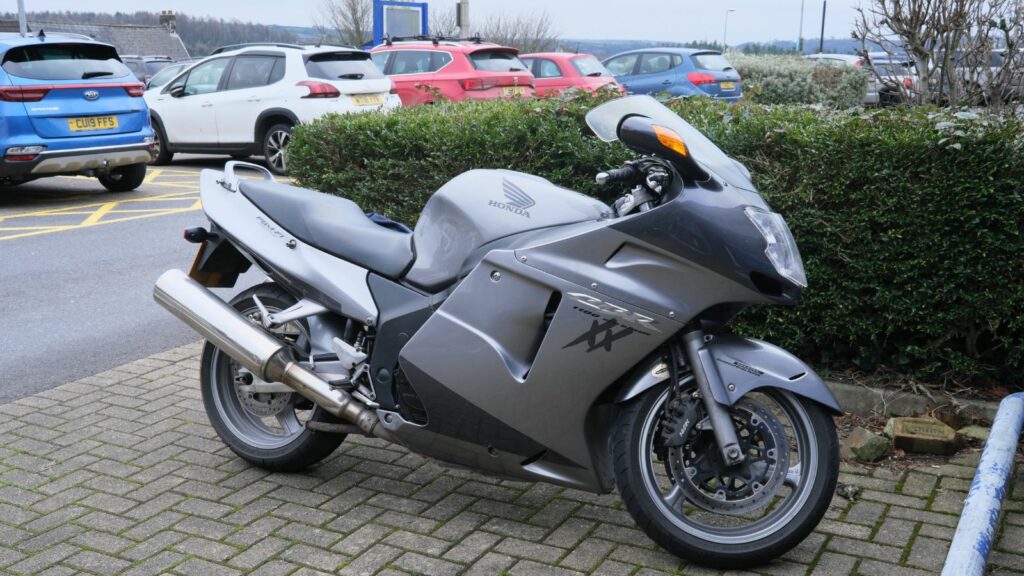Sports bikes are not just fast motorcycles, they are cultural icons that define entire eras of riding. From the mid 1980s onwards, manufacturers began pushing technology and performance into the hands of everyday riders, bringing racing innovations to the street. These machines influenced not only what riders expected but also how motorcycling itself was viewed across Canada, the United States, and the rest of the world. Some became racing legends, others became cult classics, and many inspired posters on garage walls for years. Here are twenty sports bikes since 1985 that truly shaped generations.
Suzuki GSX-R750 (1985)
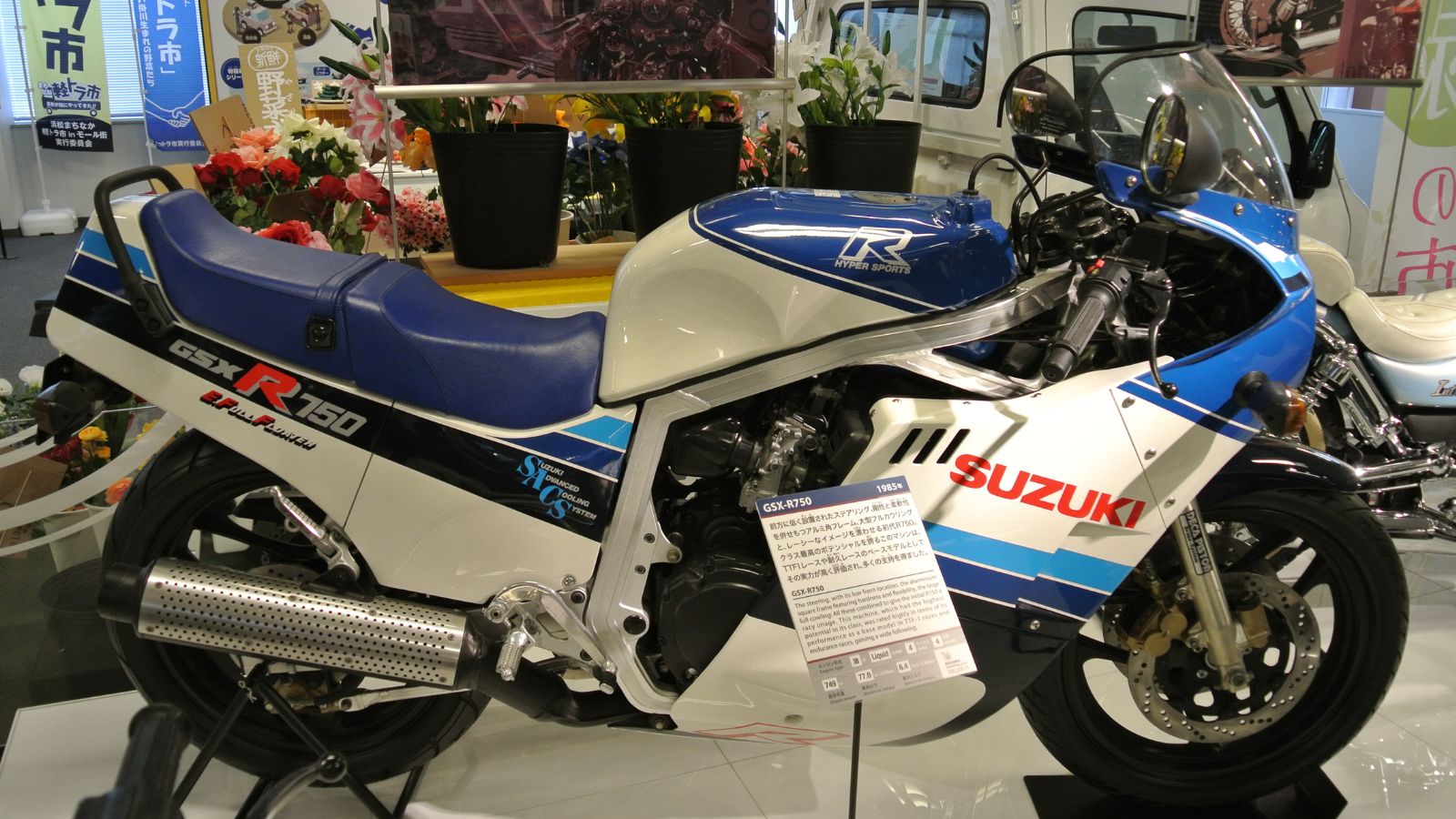
The GSX-R750 is widely regarded as the first true modern superbike. When it arrived in 1985, it shocked the market with a lightweight aluminum frame, aerodynamic bodywork, and a race tuned inline four. It delivered race bike thrills in a street legal package, something unheard of at the time. Canadian riders flocked to it because it was affordable compared to exotic European bikes, and it quickly dominated track days across North America. Every Japanese sport bike that followed owes a debt to the original Gixxer.
Kawasaki Ninja ZX-7R (1989)
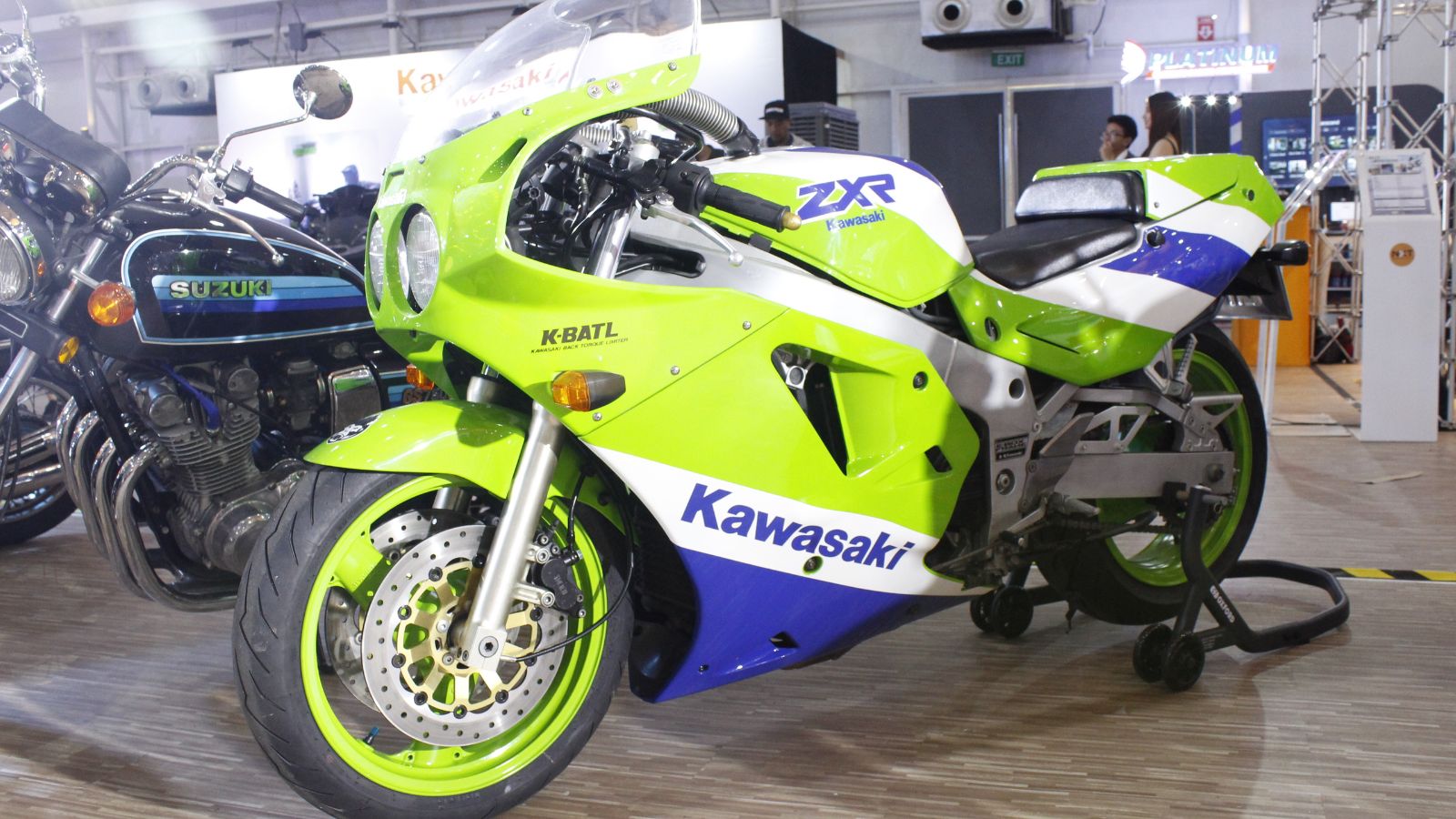
The ZX-7R carried the iconic Ninja branding and gave riders a bike that looked and felt like a World Superbike contender. With its aggressive ergonomics, distinctive ram air system, and green racing livery, it became a status symbol in the late 80s and 90s. In Canada and the US, young riders who wanted to be like Scott Russell or Doug Chandler saw the ZX-7R as their gateway to racing glory. It balanced raw performance with just enough refinement to make it usable every day.
Honda CBR900RR Fireblade (1992)
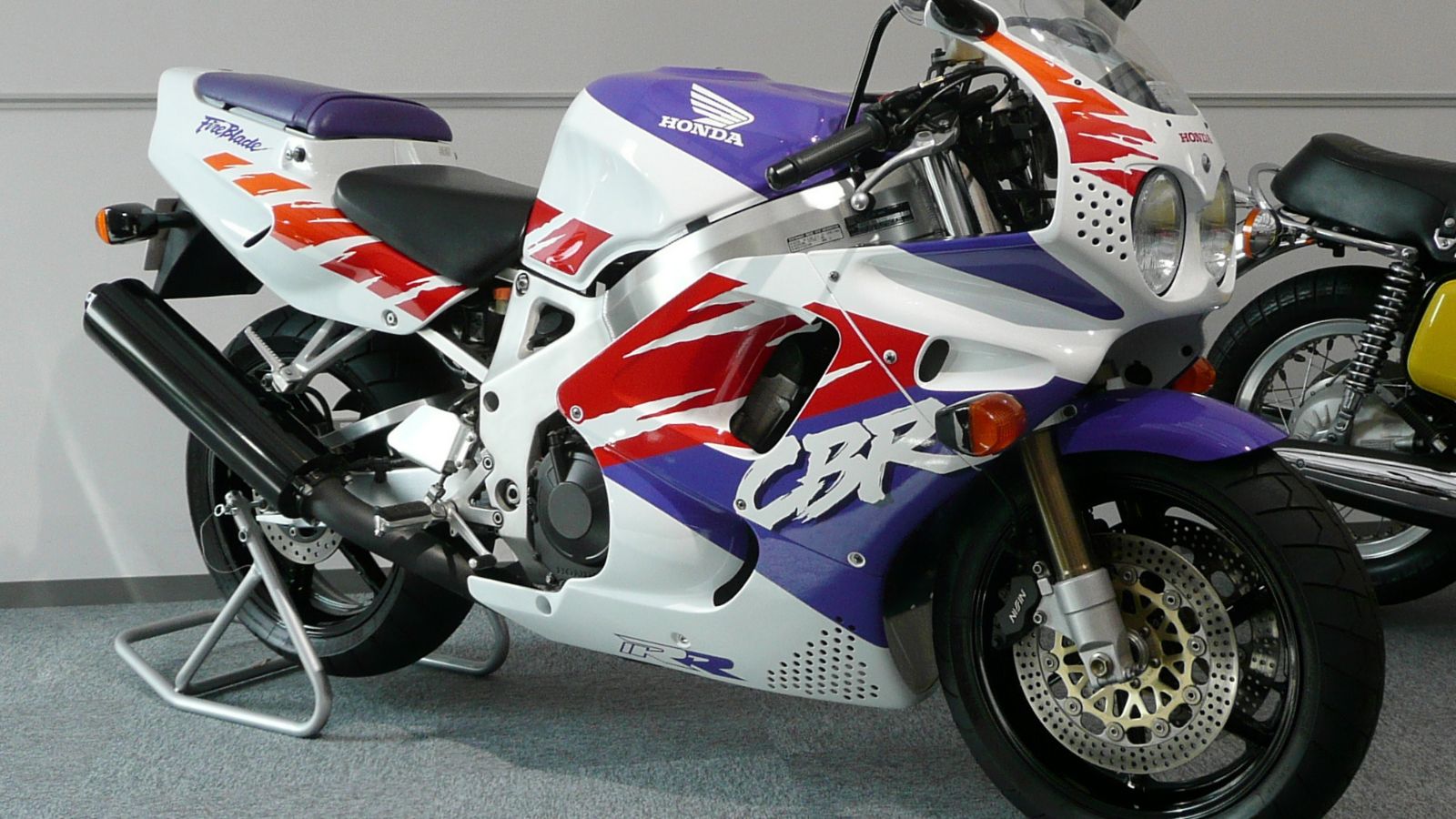
The Fireblade was revolutionary. Instead of building a heavy liter bike, Honda’s Tadao Baba created a lightweight 900cc machine that had the agility of a 600 and the power of a 1000. Riders instantly fell in love because it was approachable yet brutally fast. In Canada, it became one of the most popular sport bikes of the 90s, and in the US it set the stage for Honda’s dominance in the liter bike class. The Fireblade proved that weight mattered just as much as horsepower.
Ducati 916 (1994)
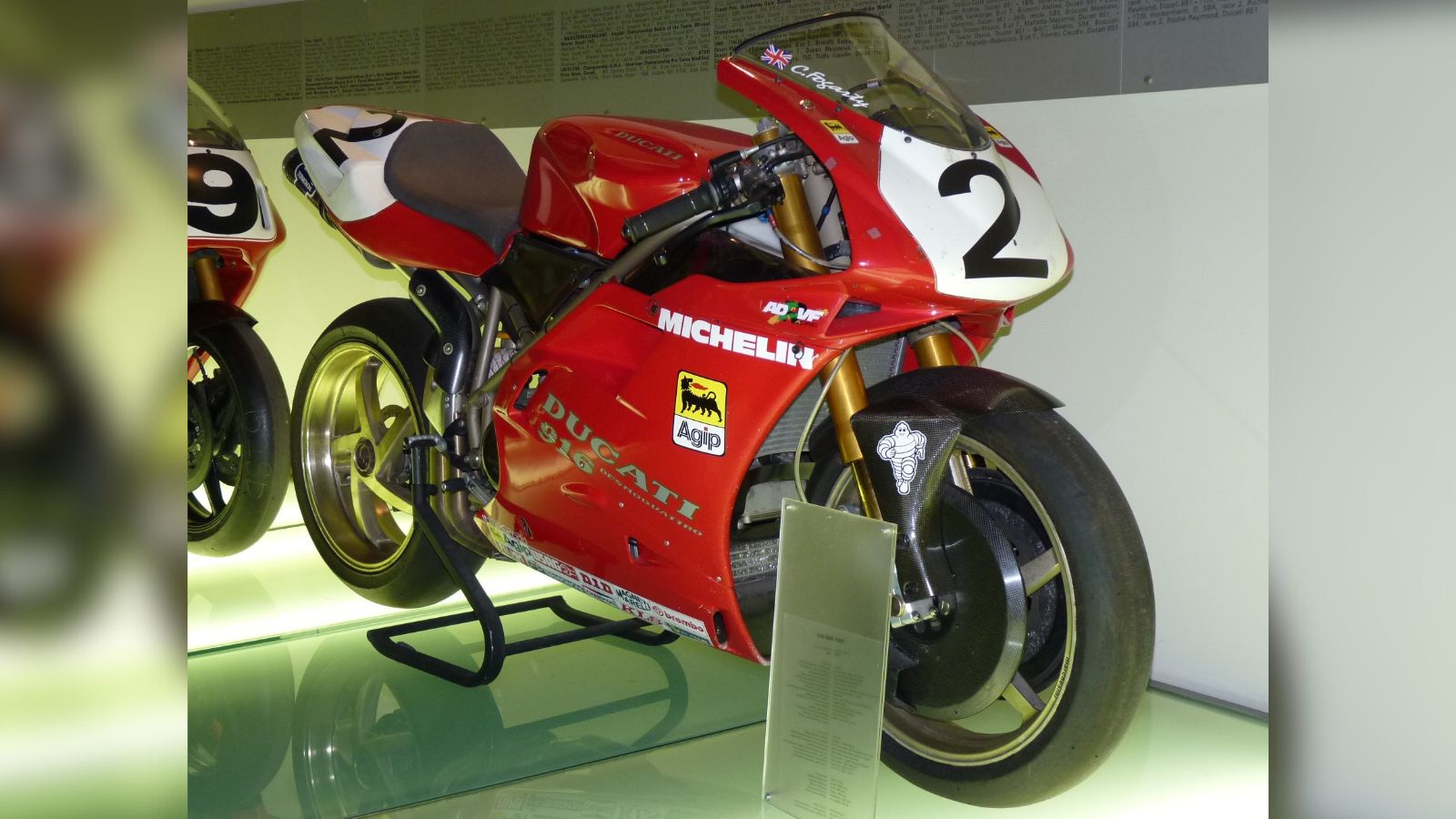
Few motorcycles have ever blended beauty and performance as perfectly as the Ducati 916. Its sculpted bodywork, underseat exhausts, and desmodromic V twin engine made it the most lusted after bike of the decade. On the racetrack, it won multiple World Superbike championships under Carl Fogarty, cementing its status. Canadian and American riders often dreamed of owning one even if the price tag was out of reach. To this day, it is considered one of the most beautiful motorcycles ever made.
Yamaha YZF-R1 (1998)
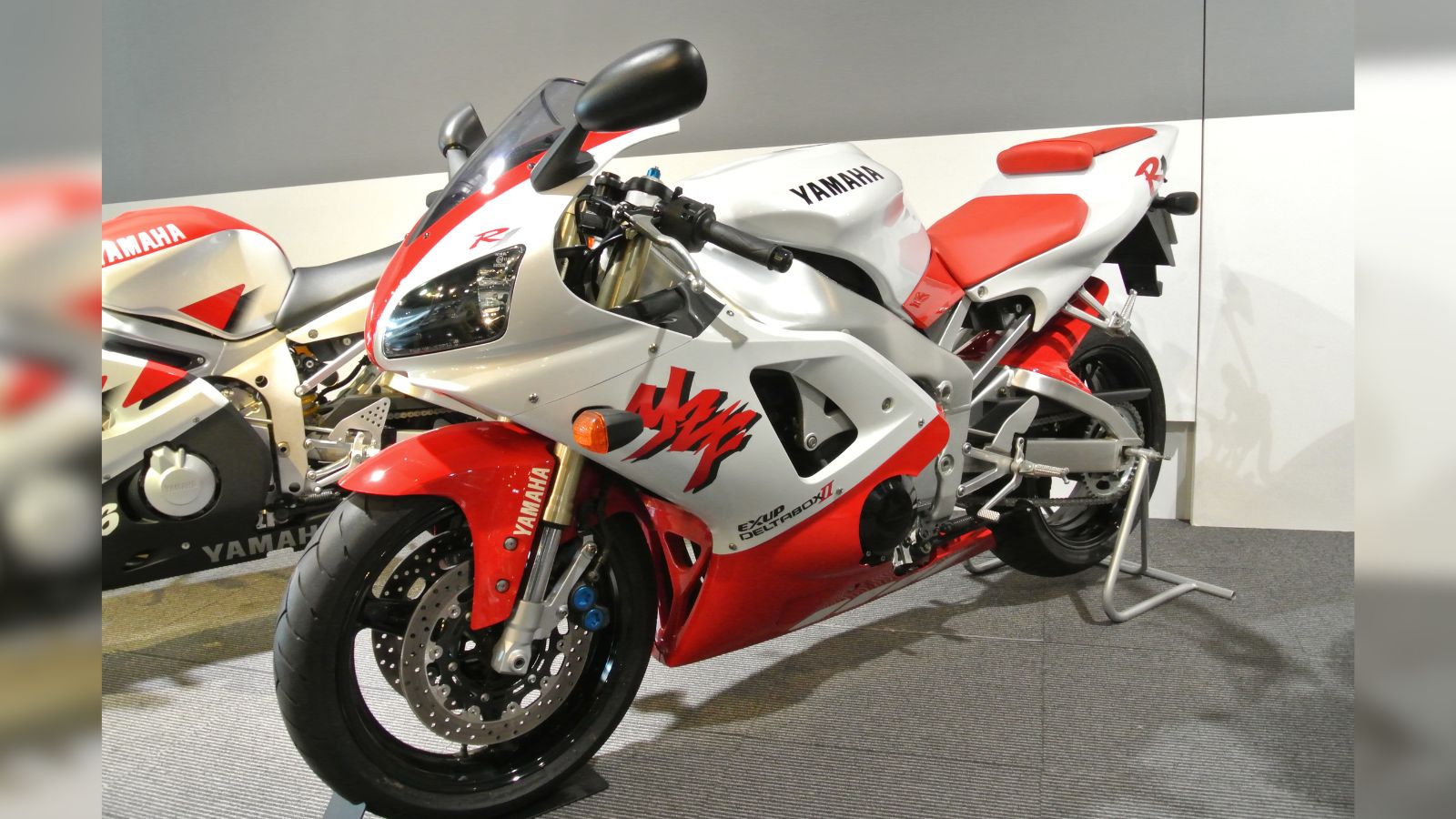
When Yamaha released the R1, it was a bombshell. Compact, lightweight, and powered by a 998cc engine that produced thrilling top end power, it redefined what a liter bike should be. Unlike earlier 1000cc bikes, the R1 felt agile and sharp, with technology and design borrowed from racing. Canadian riders praised its balance of brutal acceleration and cornering ability, while US riders embraced it as the new king of the superbike wars. It remains one of the most important sport bikes ever built.
Suzuki Hayabusa (1999)
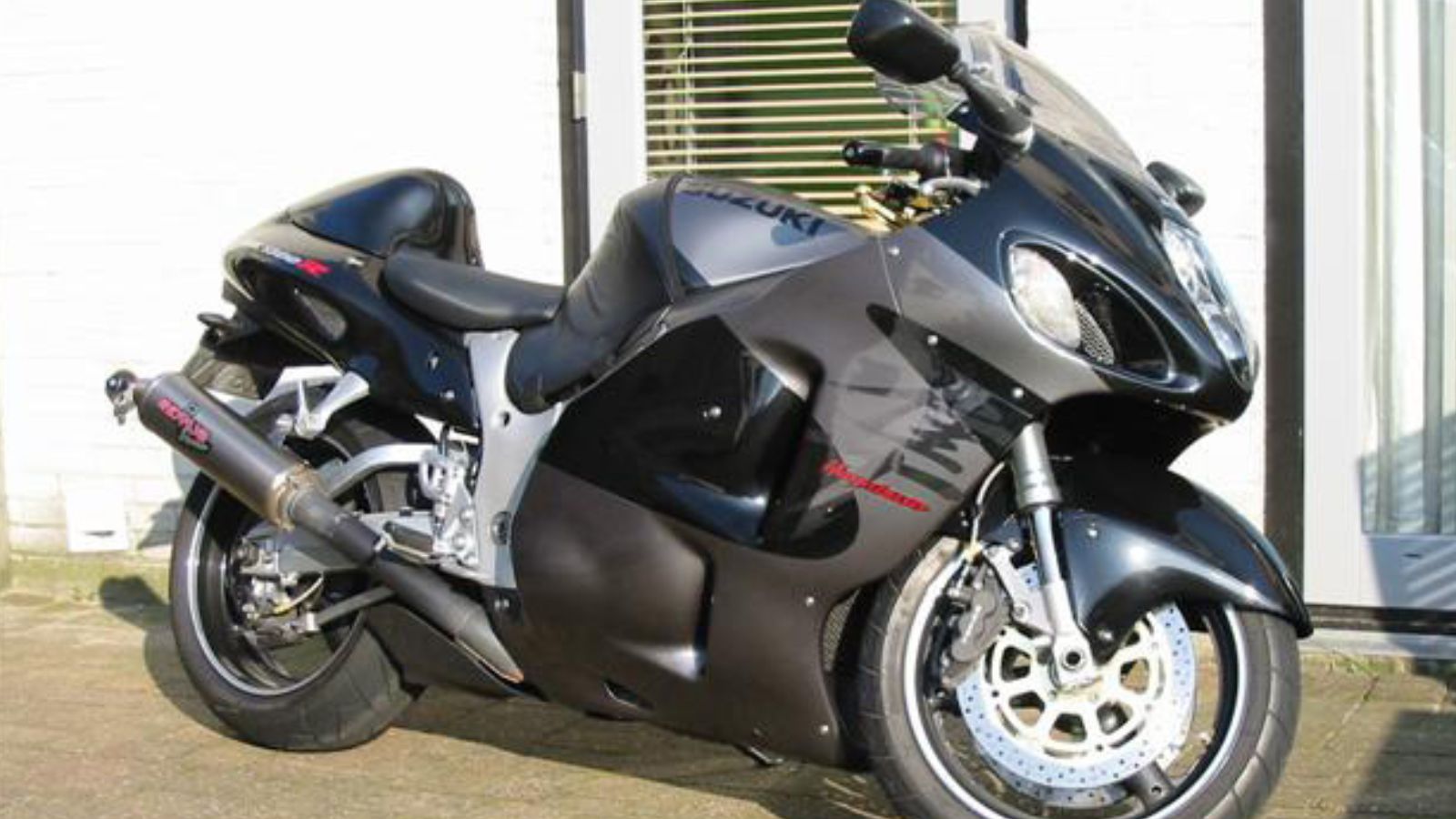
The Hayabusa redefined speed. With a top speed well over 300 kilometers per hour, it became the fastest production motorcycle in the world. Its name, meaning Peregrine Falcon, was a cheeky reference to its ability to prey on Honda’s Blackbird. Beyond outright speed, it was surprisingly smooth and capable as a long distance machine. In Canada, the Hayabusa became a cult icon among speed junkies, while in the US it even crossed into mainstream pop culture thanks to appearances in movies and music.
Honda CBR1100XX Super Blackbird (1996)
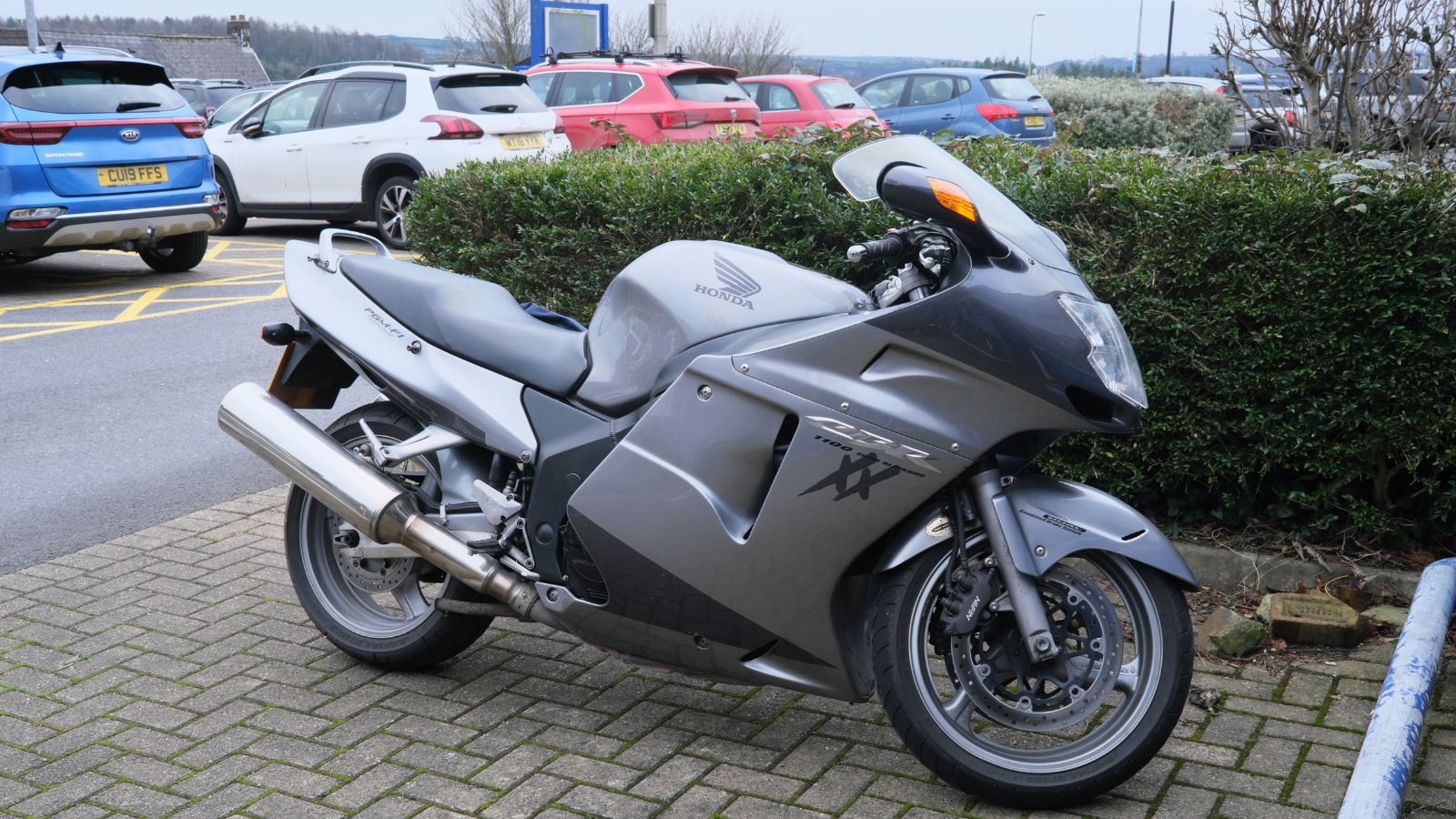
Before the Hayabusa, Honda had the crown with the CBR1100XX Super Blackbird. Built to beat Kawasaki’s ZX-11 in the speed stakes, it combined refined aerodynamics with a powerful inline four. While it eventually lost the title of fastest, it became legendary for its smoothness and reliability. In Canada it was seen as the ultimate sport touring machine, fast enough to thrill but comfortable enough to cross provinces in a single sitting.
Aprilia RSV Mille (1998)
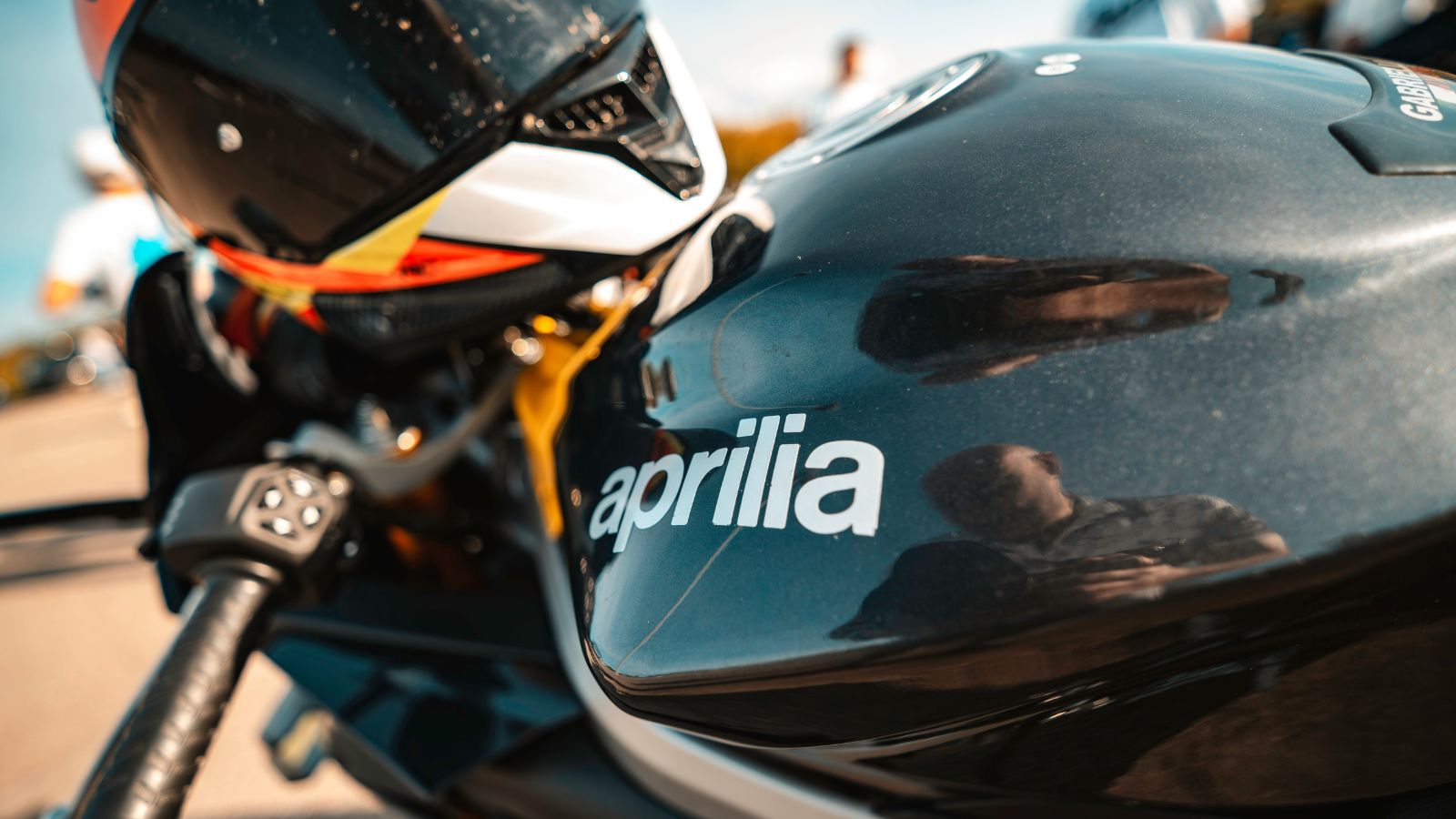
The RSV Mille marked Aprilia’s entry into the superbike category. Powered by a Rotax built 998cc V twin, it offered a serious alternative to Ducati with Italian styling and a more approachable price. On the track it earned respect, and on the road it gave riders something exotic yet practical. Canadian and American enthusiasts who wanted something different from the Japanese Big Four flocked to the Mille, giving Aprilia credibility it had never enjoyed before.
Kawasaki Ninja ZX-12R (2000)
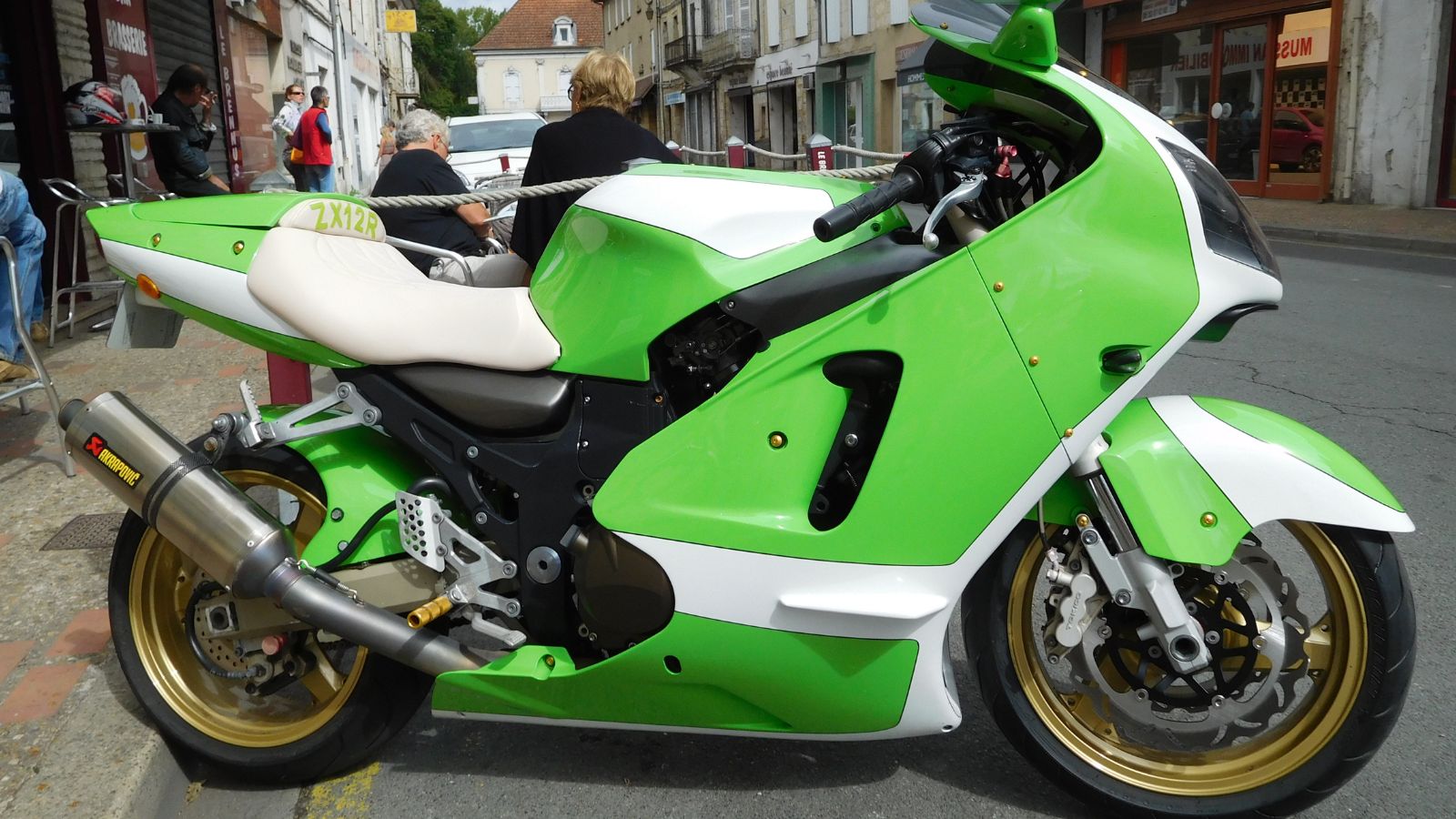
Kawasaki’s ZX-12R was built to reclaim the top speed crown from Suzuki’s Hayabusa. With a radical aluminum monocoque frame and massive engine performance, it was a technological showcase. While the gentleman’s agreement between manufacturers eventually capped its top speed, it still gained a reputation as one of the wildest rides of the era. In Canada, its rarity only added to its mystique, while in the US it was embraced by adrenaline seekers who wanted to push limits.
MV Agusta F4 750 (1999)
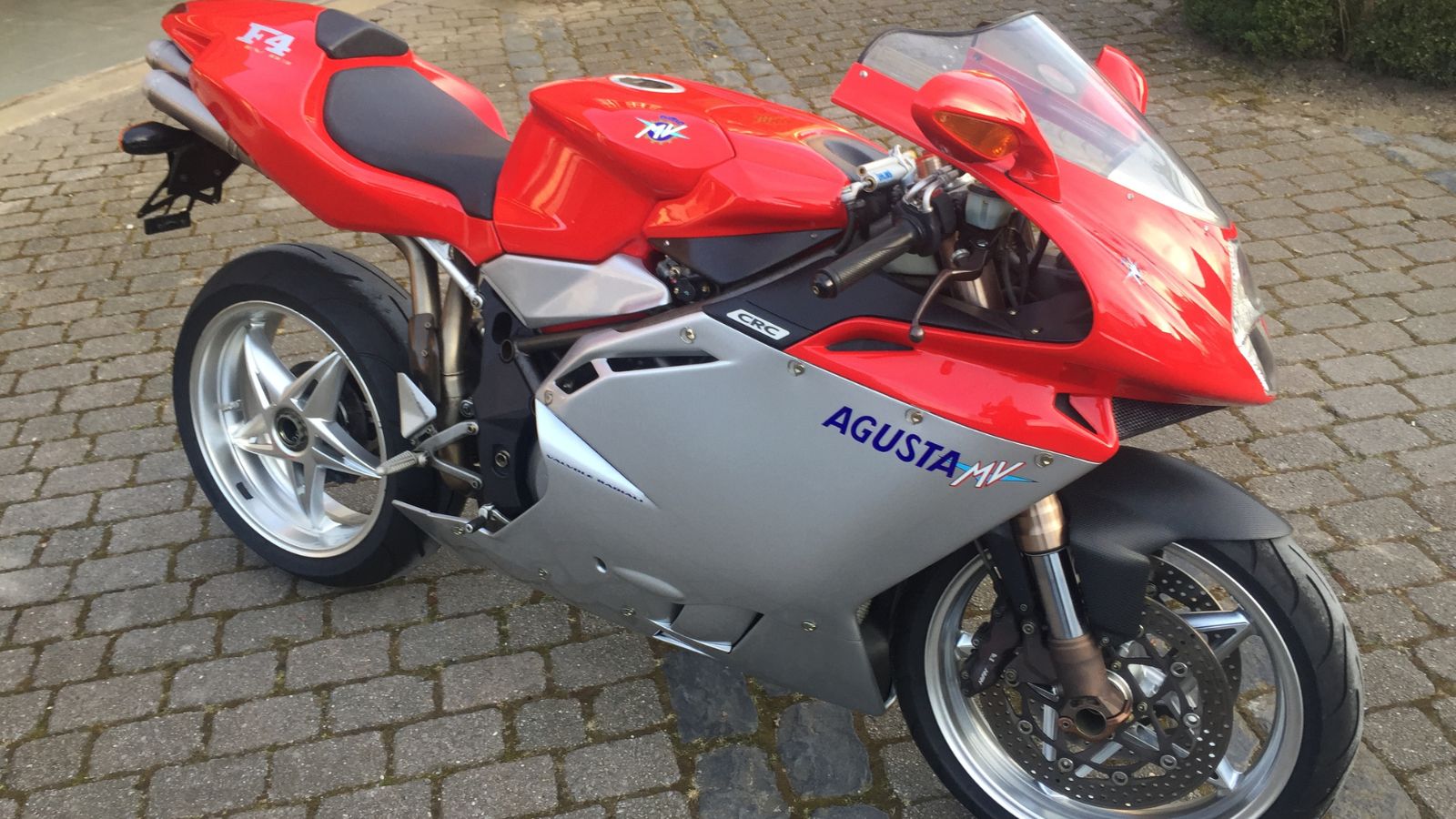
Designed by Massimo Tamburini, the MV Agusta F4 750 was more than a motorcycle, it was rolling artwork. With its underseat quad exhaust, radial valve engine, and stunning red and silver paint, it marked MV Agusta’s rebirth after decades of silence. Riders in Canada and the US saw it as the most exotic option short of a race bike, and collectors quickly snapped them up. It was both a design statement and a serious performer, shaping the image of MV Agusta for years to come.
Suzuki GSX-R1000 (2001)
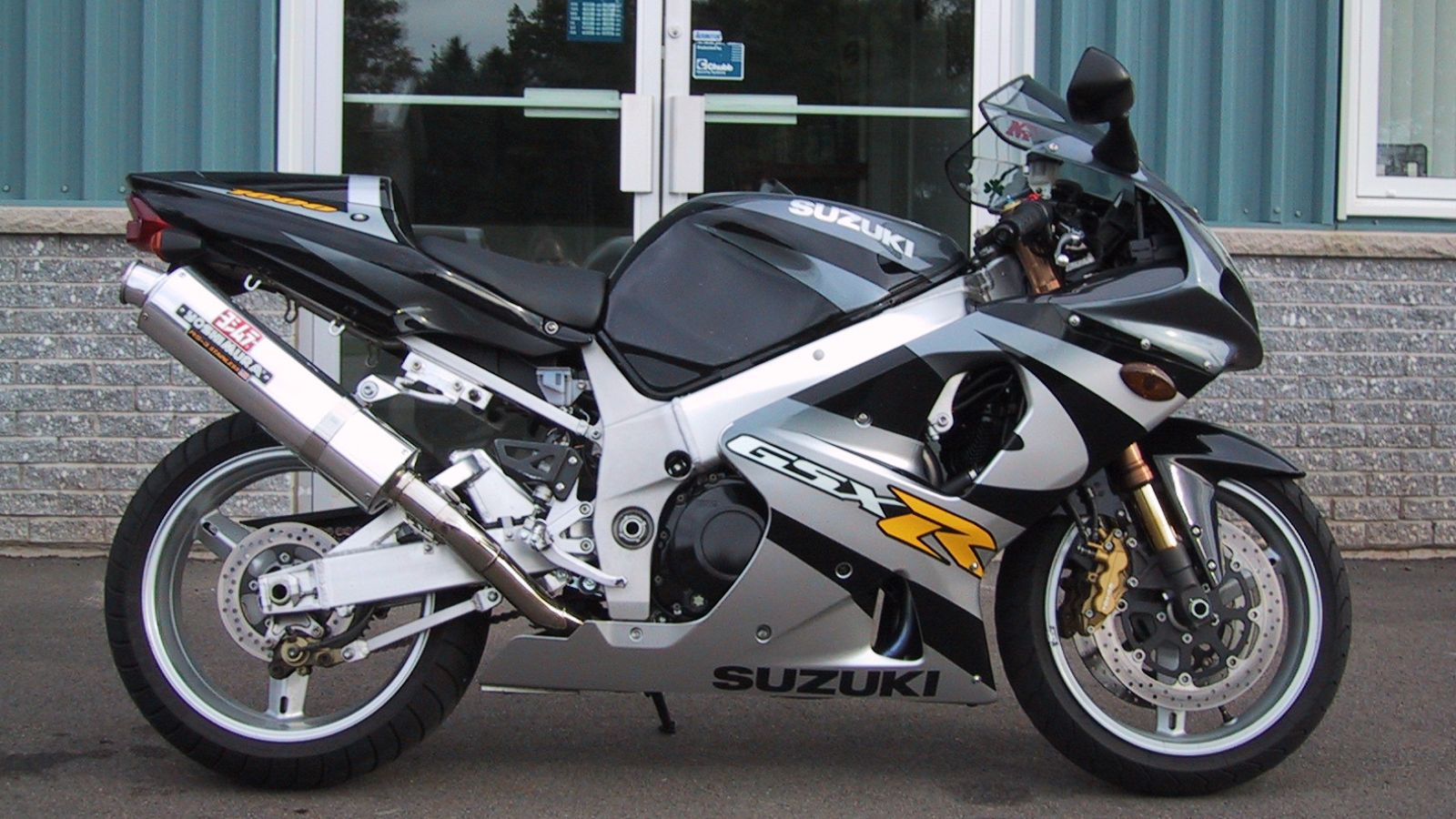
The GSX-R1000 built on the reputation of the GSX-R750 and became Suzuki’s flagship superbike. With blistering power, refined handling, and approachable pricing, it dominated sales and tracks alike. In Canada it became a favorite for those who wanted big power without Ducati prices, and in the US it was embraced by drag racers and track day junkies alike. It cemented Suzuki’s place in the liter bike wars.
Yamaha YZF-R6 (1999)
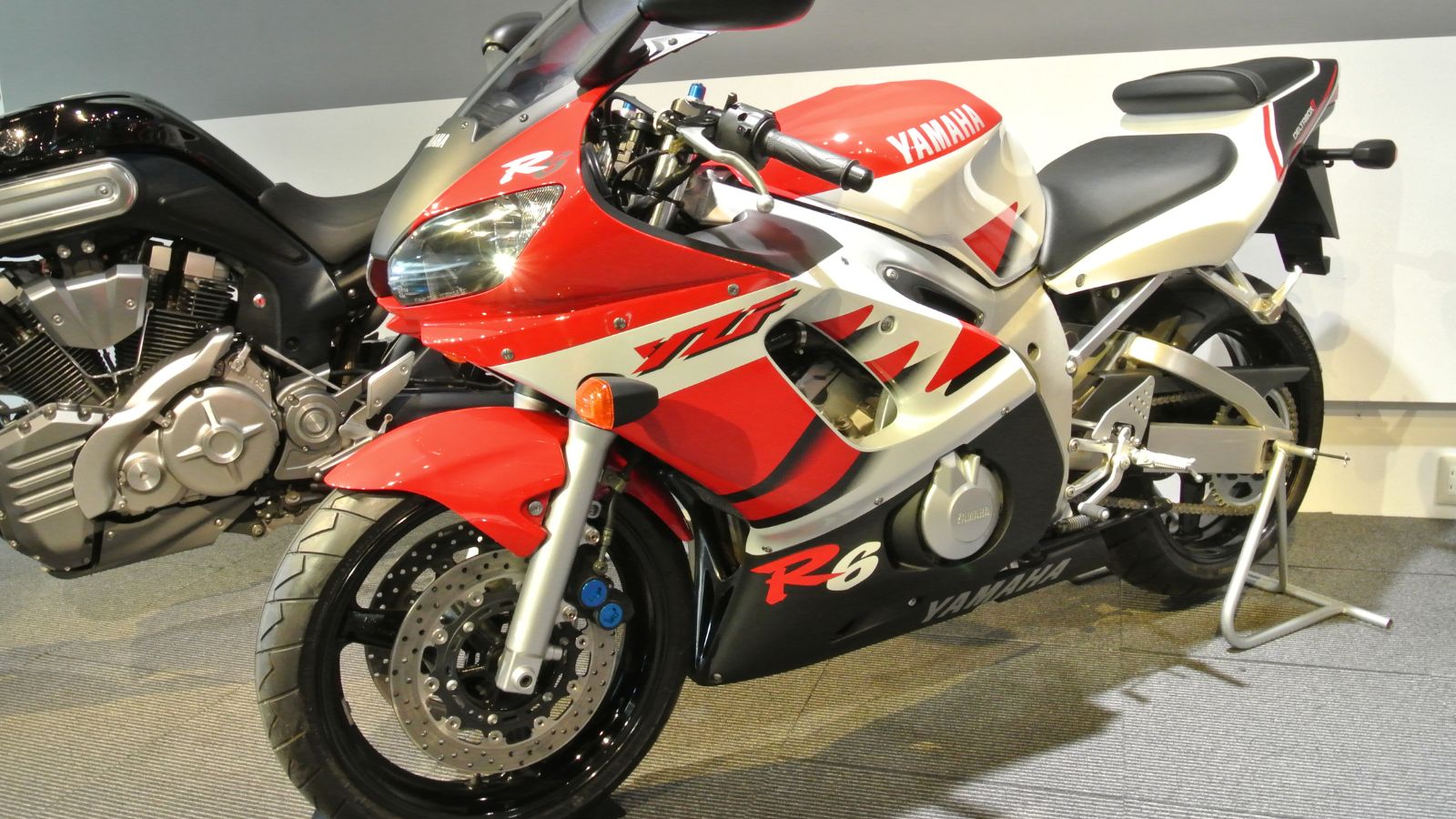
The R6 redefined the 600cc supersport category. With a high revving inline four that loved to scream past 14,000 rpm, it became the choice for riders who wanted track thrills in a smaller, more affordable package. Canadian riders loved its balance of speed and agility, while in the US it became one of the most raced motorcycles in amateur classes. It gave an entire generation their first taste of real sport bike performance.
Honda RC51 (2000)
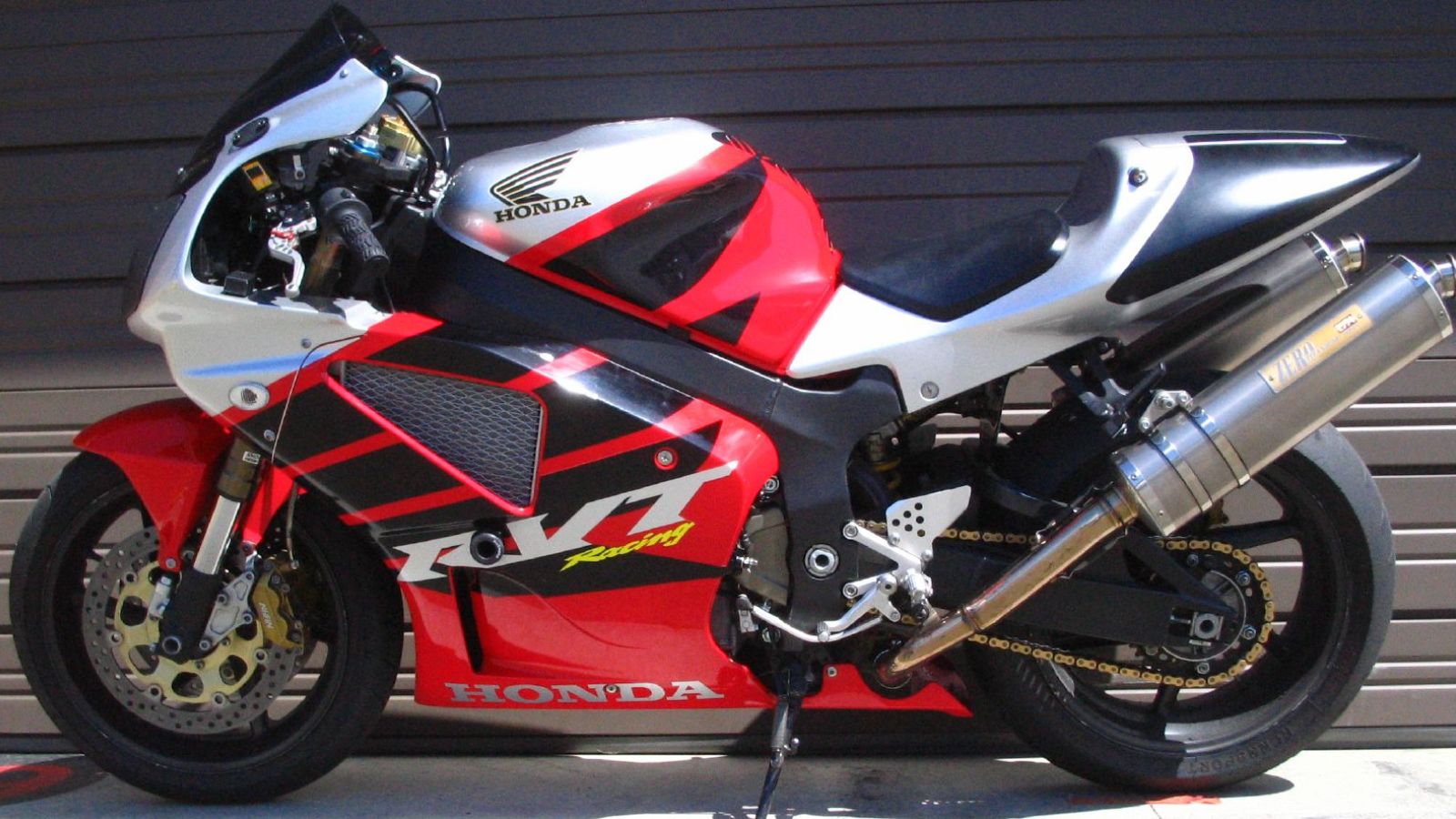
The RC51 was Honda’s weapon against Ducati in World Superbike racing. With a 999cc V twin, it delivered the torque and performance needed to challenge the Italians head on. Colin Edwards rode it to multiple championships, and on the street it gave riders a slice of race bike credibility. In Canada, it became a rare but highly prized machine, loved for its racing pedigree and Honda reliability.
Ducati 999 (2003)
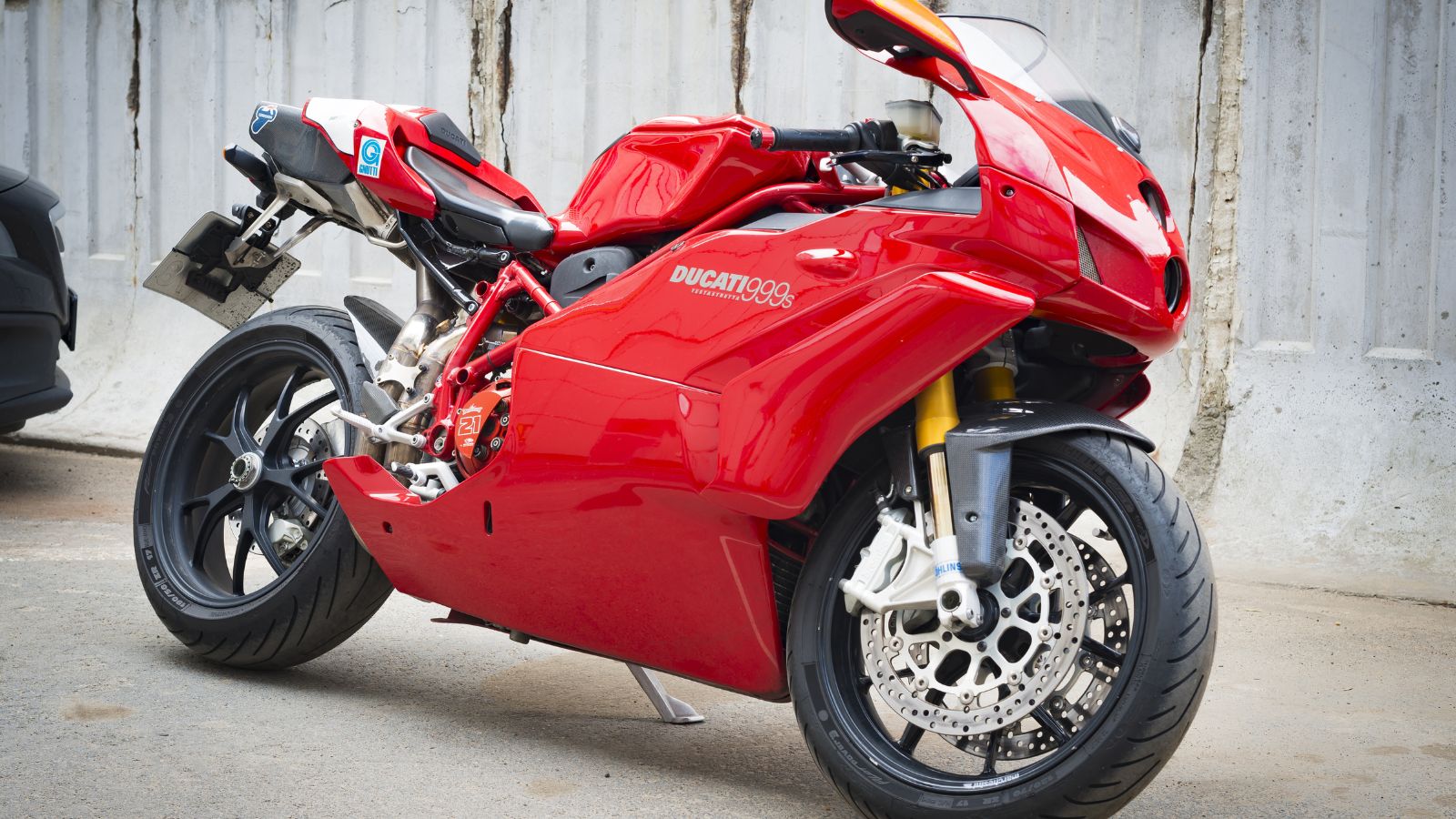
The Ducati 999 replaced the iconic 916, and while its styling divided opinion, its performance was unquestionable. With more power, improved handling, and continued racing success, it proved itself on the world stage. Canadian riders initially hesitated at its looks, but its capability won many over. In the US, it developed a following among those who valued performance over tradition. Today it is seen as an underrated classic.
BMW S1000RR (2009)
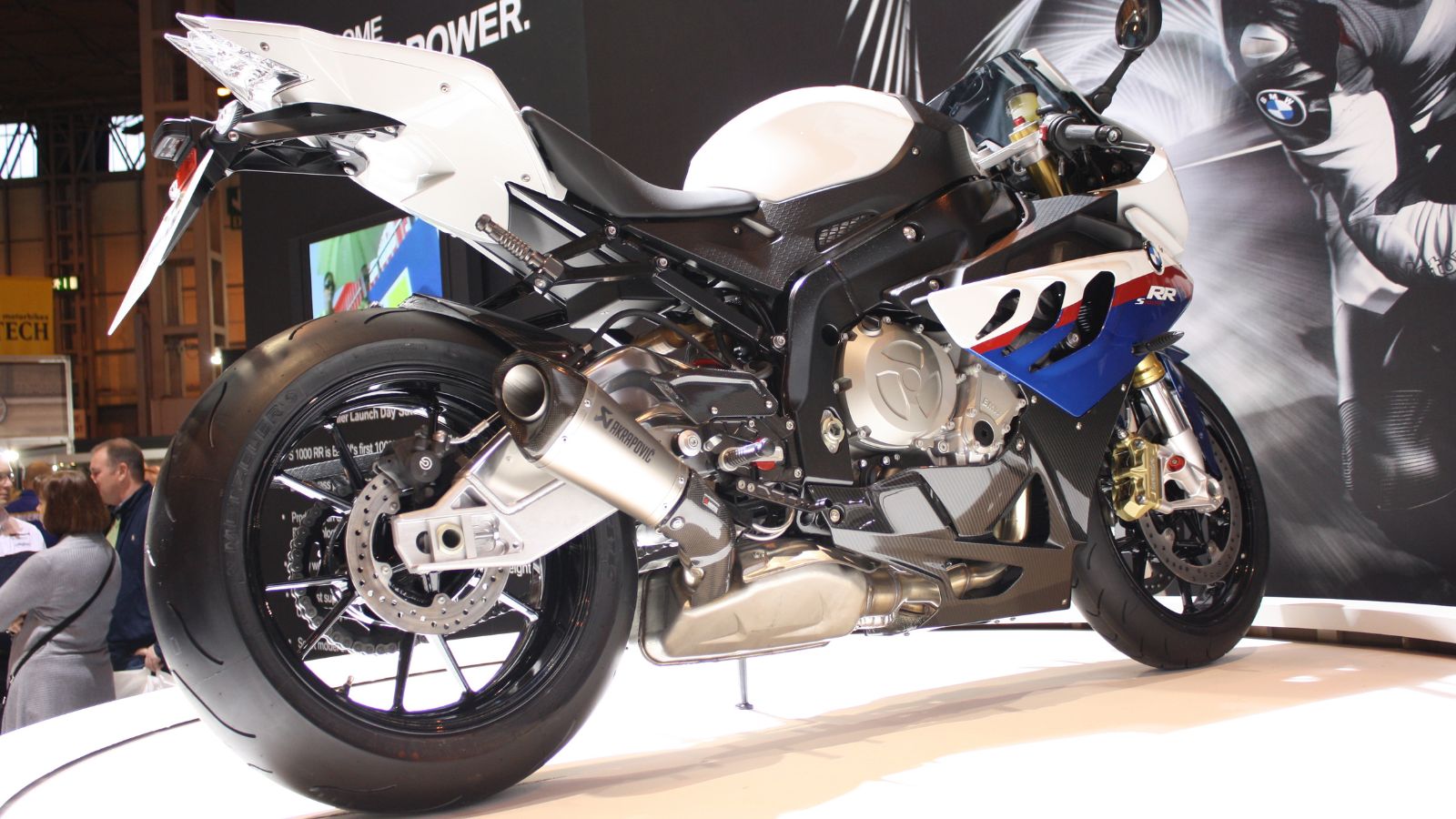
BMW shocked the motorcycling world with the S1000RR, its first modern superbike. With nearly 200 horsepower, advanced electronics, and race level performance, it instantly became a contender. Canadian riders embraced it for its mix of power and German engineering precision, while in the US it became a regular winner in magazine shootouts. The S1000RR set a new standard for what a liter bike should offer in terms of both performance and technology.
KTM RC8 (2008)
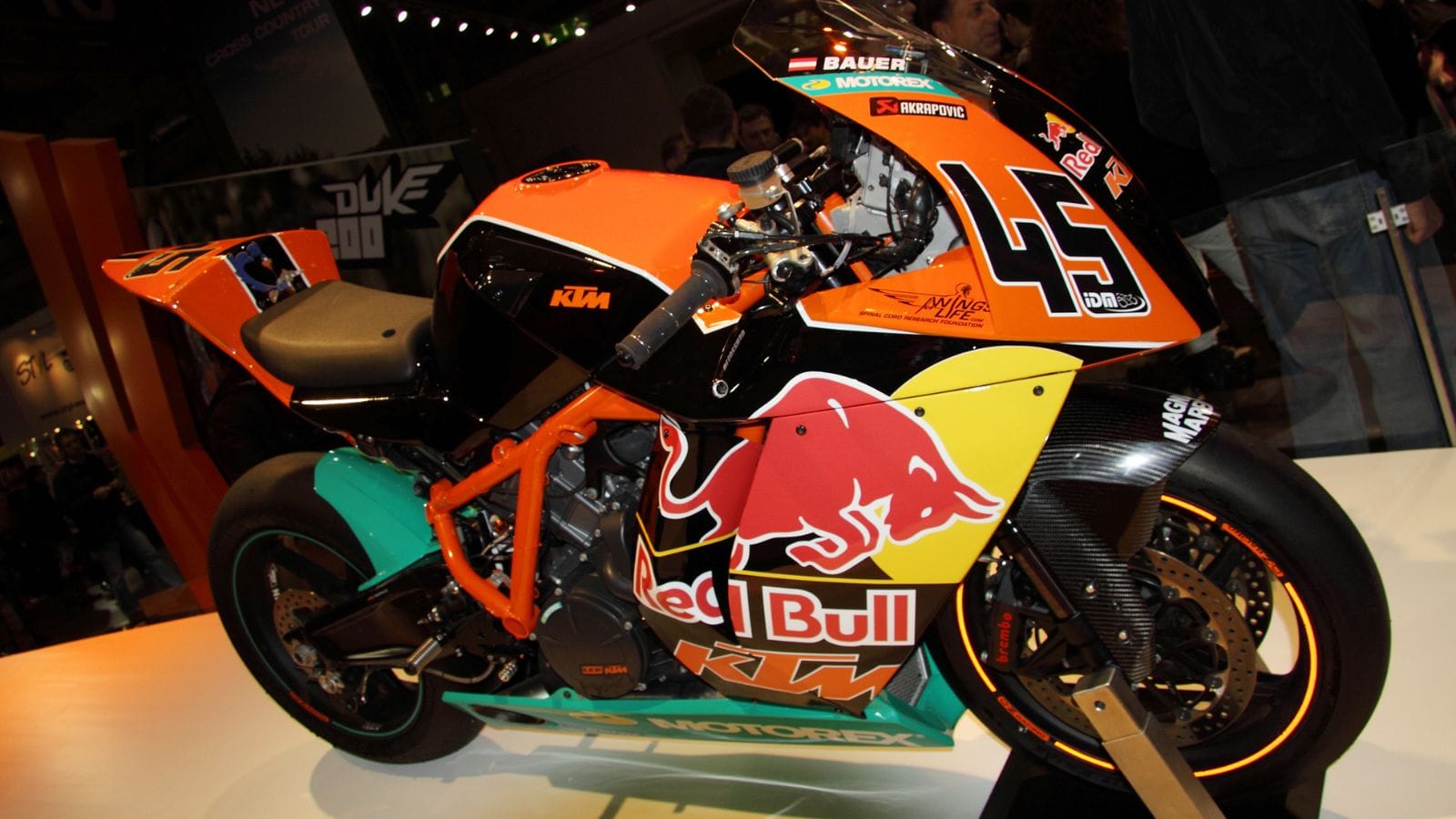
KTM’s RC8 was bold, angular, and entirely Austrian in character. With a 1190cc V twin and a distinctive design, it stood out in a sea of Japanese fours and Italian twins. While it never sold in massive numbers, it gave riders in Canada and the US something unique. It showed KTM could compete in the superbike world and paved the way for the company’s future success with high performance machines.
Honda RC213V-S (2015)
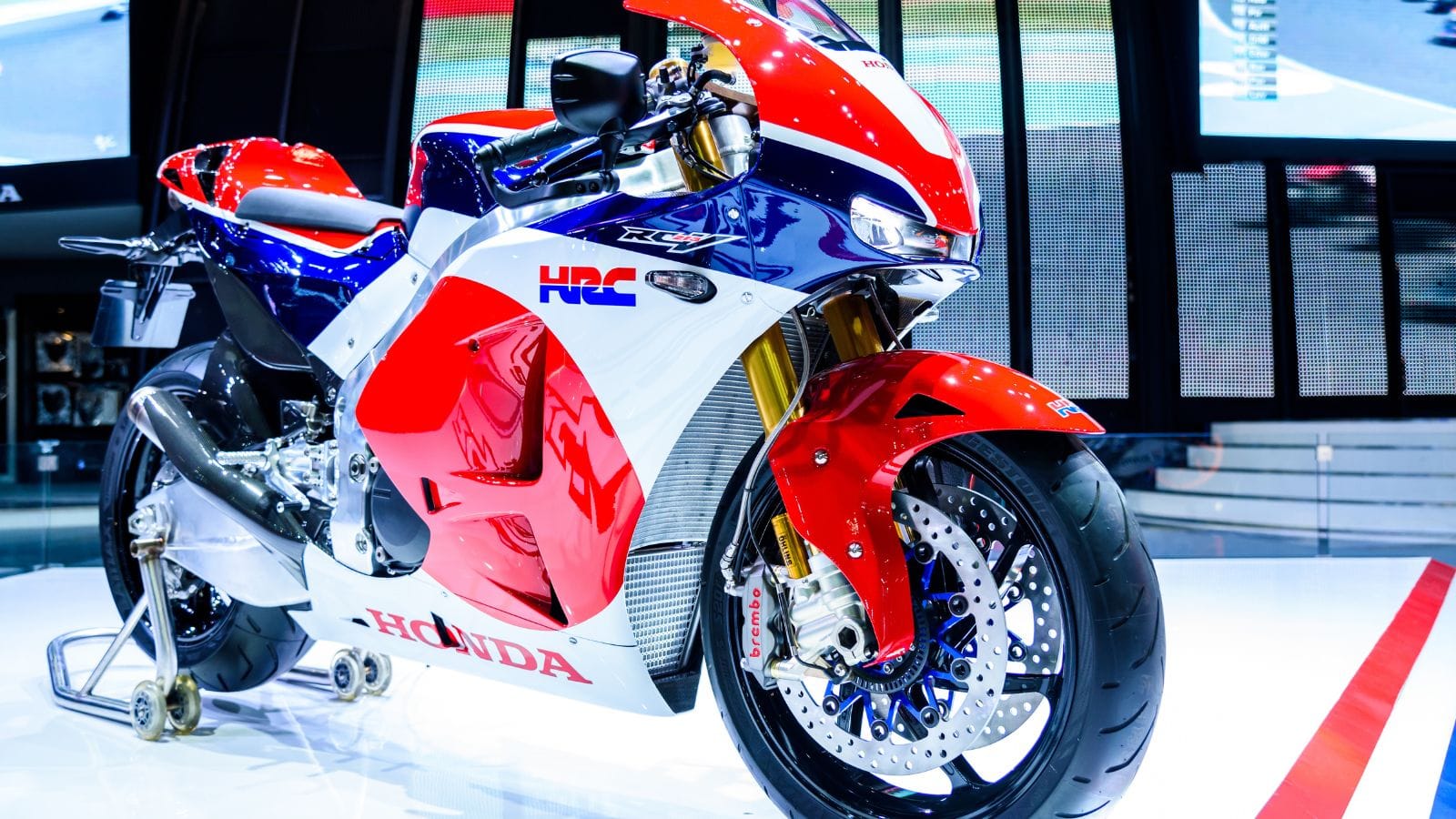
The RC213V-S was essentially a MotoGP bike with lights and mirrors. With its 999cc V4 derived directly from Honda’s championship winning race bike, it was one of the most exotic machines ever offered to the public. Its astronomical price tag kept it out of reach for most, but just knowing it existed inspired countless riders. In Canada, simply seeing one at a show or on the road was enough to leave a lasting impression.
Kawasaki Ninja H2 (2015)
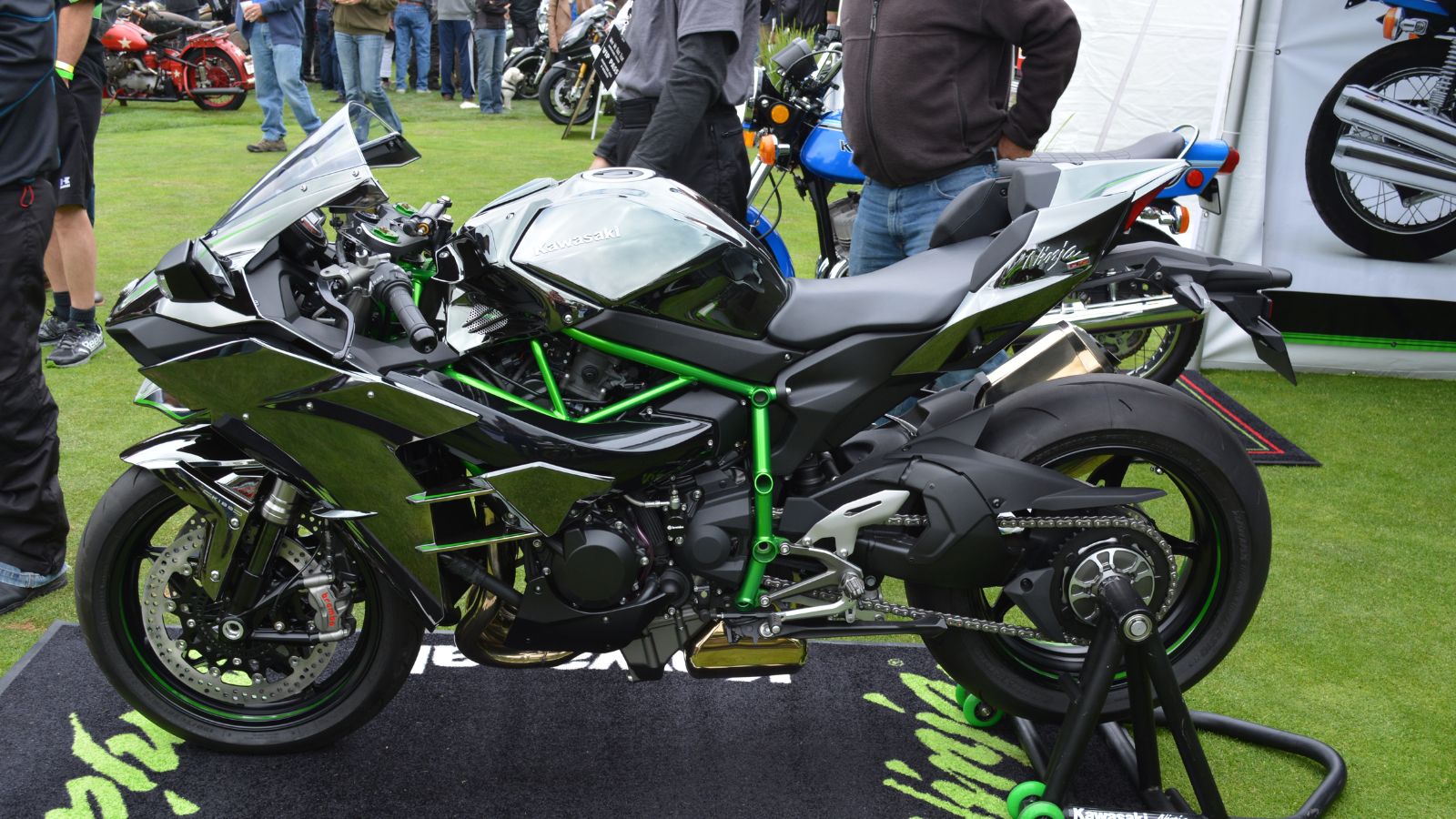
The Kawasaki Ninja H2 reintroduced supercharging to motorcycles in spectacular fashion. With over 200 horsepower in street trim and more than 300 horsepower in the H2R track version, it became a legend instantly. Its futuristic styling and screaming intake noise made it unforgettable. Canadian riders admired its engineering brilliance, while American riders lined up to own a bike that could outrun almost anything on two wheels.
Ducati Panigale V4 (2018)
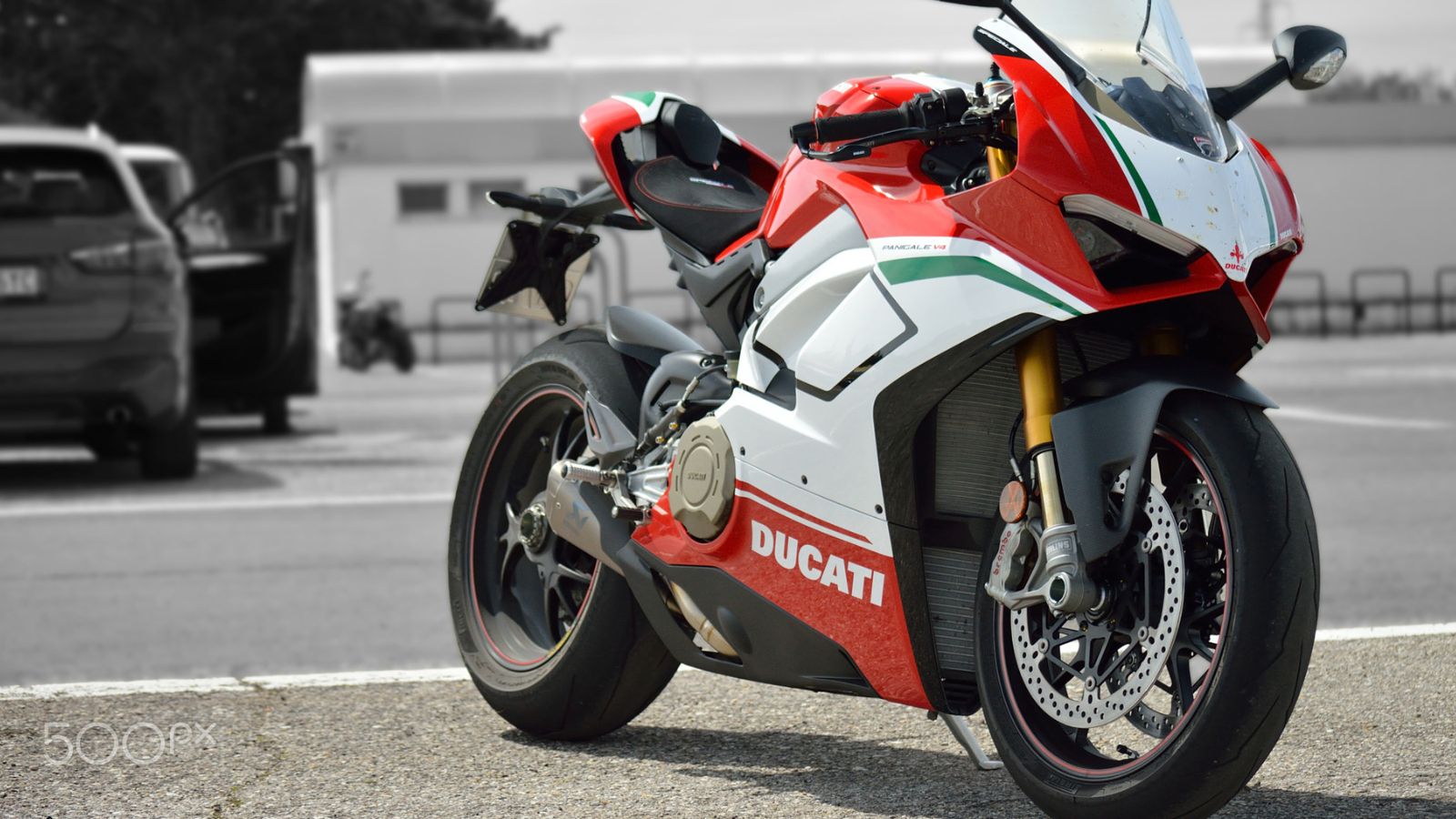
The Panigale V4 marked a new era for Ducati, moving from its traditional V twin engines to a MotoGP inspired V4. With advanced electronics, aerodynamic wings, and explosive power, it became the benchmark superbike almost overnight. In Canada and the US, it quickly became one of the most desirable sport bikes, carrying forward Ducati’s reputation for blending exotic style with uncompromising performance.
Why These Bikes Shaped Generations
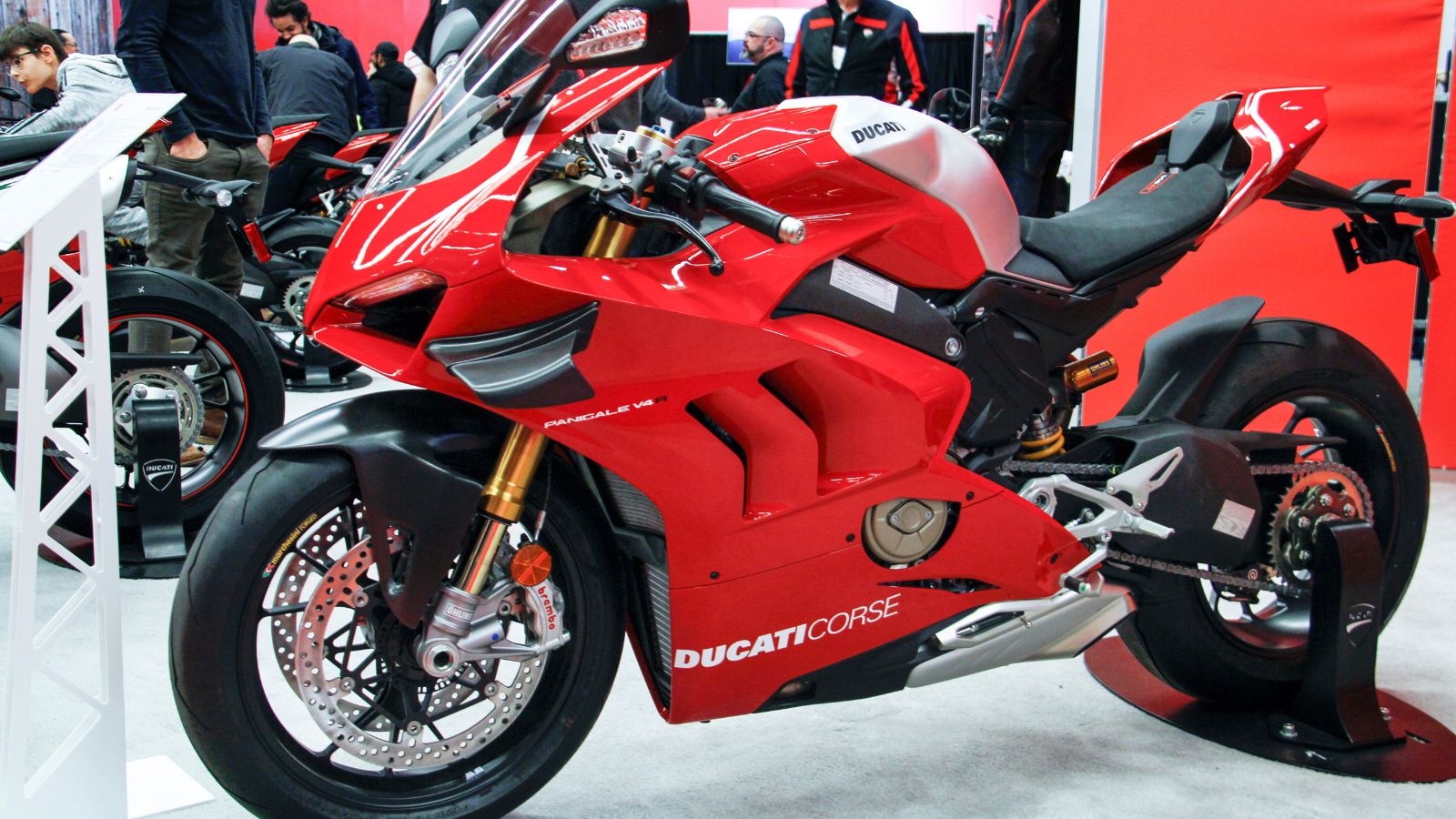
Each of these motorcycles did more than just raise horsepower numbers. They redefined expectations, inspired young riders, and changed the way people thought about performance. From the GSX-R750 that created the modern superbike formula to the Panigale V4 that represents today’s cutting edge, these machines pushed the sport forward and left indelible marks on riders across Canada, the US, and the rest of the world. For many, they were dream bikes, garage posters, and the reason they fell in love with motorcycling in the first place.
25 Facts About Car Loans That Most Drivers Don’t Realize

Car loans are one of the most common ways people fund car purchases. Like any other kind of loan, car loans can have certain features that can be regarded as an advantage or a disadvantage to the borrower. Understanding all essential facts about car loans and how they work to ensure that you get the best deal for your financial situation is essential. Here are 25 shocking facts about car loans that most drivers don’t realize:
25 Facts About Car Loans That Most Drivers Don’t Realize
